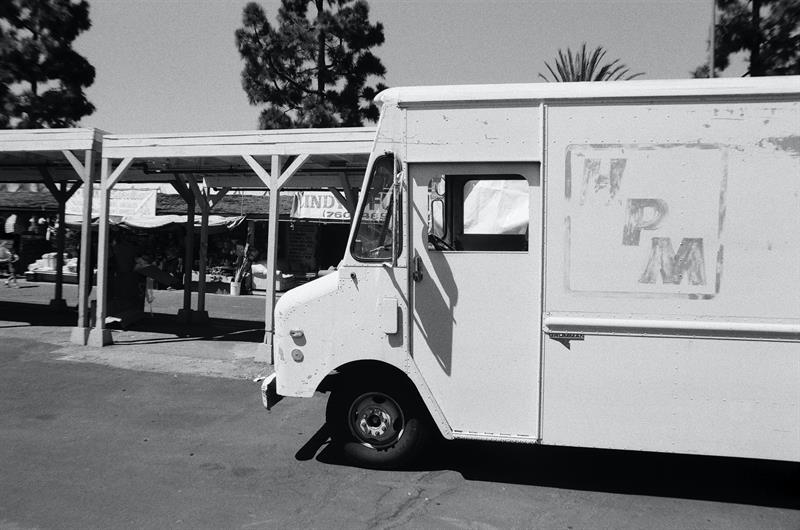
With couriers currently busier than ever, it’s important to make sure you observe road safety to keep you out of harm’s way and have the right equipment to hand should you need it. Taking precautions will help prevent the chances of being in a road accident which in turn will maximise the amount of time drivers can spend on the road. This ultimately should help to keep your van insurance or courier insurance premiums in check.
Below we explore some of the common techniques couriers can use to stay safe on the road.
Regular Vehicle Maintenance
The Department for Transport may have given a six-month MOT extension to all cars, vans and bikes due their test on or after March 30, but this doesn’t mean you can drive an unsafe vehicle. In fact, it is likely that an unroadworthy vehicle will invalidate your courier or van insurance should you be involved in an accident.
Perform a weekly check on your van including your brakes – juddering, grinding or squealing noises are common indicators that your brake pads require inspection. Scrutinise your tyres for tread wear, cracks or bulges. Do a pressure check to ensure tyres are not over- or under-inflated and are at the right pressure for the van load.
When the engine is cold, check coolant, oil and windscreen fluid are at the correct level and that lights, indicators and windscreen wipers are all working. Re-position mirrors so none of your view is obstructed.
Safe Loading
It is illegal and dangerous to drive a van that has an insecure load or is overloaded. It is your responsibility as the driver to ensure that all cargo is safely stowed, even if it was loaded by another person.
Distribute loads evenly, do not obscure your rear-view mirror and avoid placing loose items on the dashboard, rear parcel shelf or front foot wells. Loose items can become missiles and cause injury if you need to brake suddenly.
Check with the manufacturer or your manual what the correct tyre pressure is for heavier loads to ensure safe steering and stopping distances.
Driver Fatigue
According to the Royal Society for the Prevention of Accidents (RoSPA), you are more likely to feel sleepy when driving on long, monotonous roads especially between 2am and 6am or between 2pm and 4pm, and on journeys home after night shifts.
If you work for an organisation, follow the limits set by them on the maximum driving distances and/or times. If you are working as part of the gig economy or are a self-employed courier, look at the EU Driving Hours directive set by professional drivers.
Safe Driving
Quieter roads have led to an increase in speeding in recent weeks. While working for the gig economy can be pressurised, maintaining the correct speed keeps you on the right side of the law and helps to prevent accidents.
When driving at night, your ability to estimate speed and distance is reduced. It is also more difficult to accurately assess the position of oncoming vehicles. Maintaining speed and distance awareness is key, particularly at a time when your body can be less alert.
Stay Prepared in Case of Accidents
Sometimes, even the most careful of drivers can be involved in an accident but being prepared helps to make the situation less stressful. Keep MOT, motor trade insurance documents, and contact details for your insurer to hand, as well as reference details for breakdown and recovery.
It is a good idea to also have a first aid kit in case of slight injuries, a tool kit to help with minor repairs and jump leads to get you started should you get a flat battery.
Get the Right Insurance
Make sure you are covered with the right insurance for your business to keep you safe on the roads. Courier van insurance should offer a comprehensive breakdown and accident recovery service as well as a goods-in-transit insurance for your cargo in case of loss or damage to items.